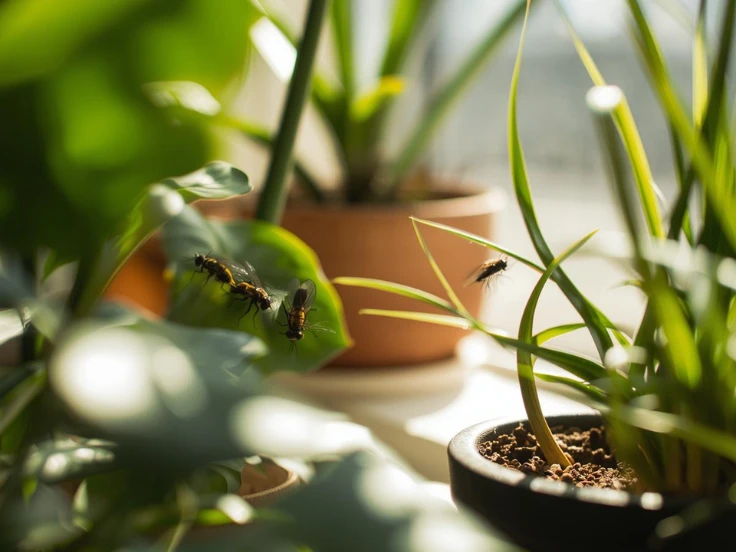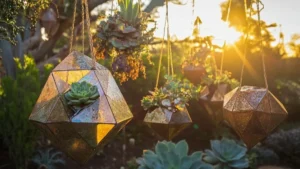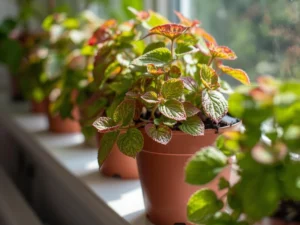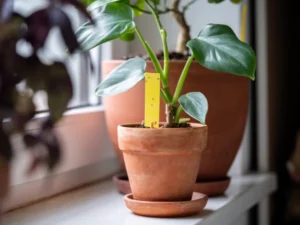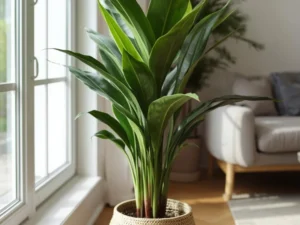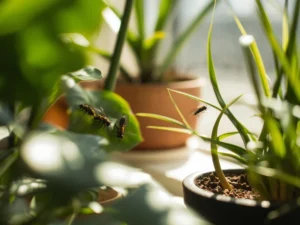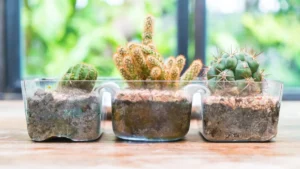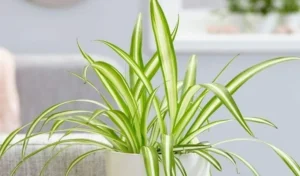Indoor house plants bring beauty, fresh air, and tranquility to our homes, but they can sometimes attract unwanted pests, particularly small flies. These insects are more than a minor nuisance they can harm plants and disrupt indoor comfort.
Just as exploring Hamburg places to visit offers a curated experience of culture and scenery, understanding the causes of flies and learning how to prevent them ensures a well-maintained and thriving indoor garden. By taking proactive steps, you can enjoy healthy plants and a pest-free indoor environment year-round.
Why Indoor House Plants Attract Flies
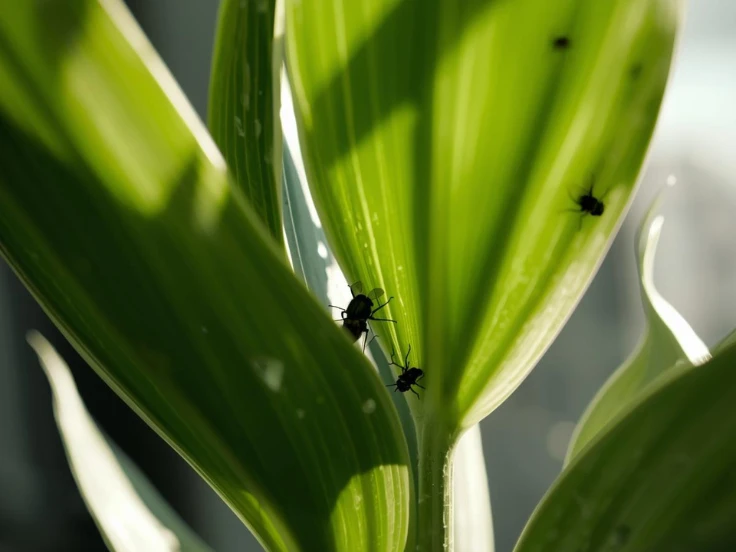
Flies on indoor house plants are attracted by damp soil, decaying organic matter, and excess fertilizer. Moist soil provides a breeding ground for fungus gnats, and overwatering encourages egg-laying and larval growth. Poor air circulation further allows flies to thrive unnoticed.
Organic matter in the soil, like decomposing leaves or leftover plant food, provides nutrients for larvae and encourages rapid population growth. Even healthy plants can become targets if care routines favor these pests. Maintaining proper soil conditions and plant hygiene helps minimize infestations effectively.
Common Types of Flies Found on House Plants
Several fly species are commonly found around indoor plants. Fungus gnats, the most prevalent, lay eggs in moist soil, and their larvae feed on roots, stunting growth. Shore flies and whiteflies also infest plants, feeding on decaying matter or sap and leaving sticky honeydew.
Identifying the type of fly is crucial for treatment. Fungus gnats require soil drying and larvicidal approaches, whereas whiteflies may need leaf sprays and natural predators. A careful examination of both the plant and soil ensures that the infestation is accurately diagnosed and effectively treated.
Signs Your Indoor Plants Have Flies
Even minor infestations can affect plant health. Detecting flies early prevents larger issues. Common signs include:
-
Visible small flies hovering over soil surfaces
-
Wilting or yellowing leaves due to root damage
-
Sticky residue on leaves indicating sap-feeding insects
-
Fungal growth on the soil surface
Regular monitoring of plants, especially after watering, helps catch problems early. Additionally, paying attention to the soil’s moisture and cleanliness reduces the likelihood of infestations forming in the first place.
Preventing Flies on Indoor Plants
Preventing flies is always more effective than treating them after an infestation. While some flies are inevitable, proactive care can minimize their presence. Key strategies include:
Watering properly: Allow the top layer of soil to dry between waterings.
Maintaining clean soil: Remove fallen leaves and decayed plant matter.
Using well-draining pots: Ensure excess water escapes, preventing soggy conditions.
Introducing natural deterrents: Some plants and essential oils can repel insects.
Quarantine new plants: Isolate new purchases to prevent bringing pests indoors.
Following these methods consistently ensures healthier plants and a fly-free indoor environment, making plant care as enjoyable as exploring fascinating Hamburg places to visit.
Organic Solutions for Fly Infestations
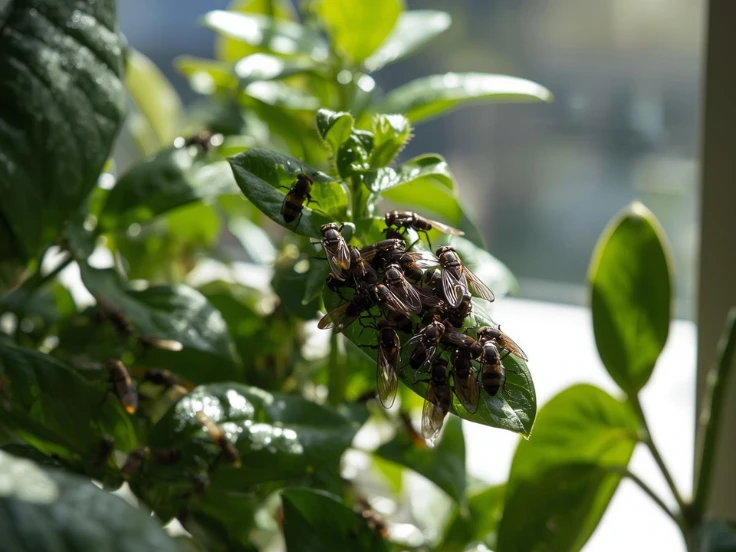
When prevention fails, organic treatments provide safe and effective methods to control flies. These solutions avoid harmful chemicals while targeting larvae and adult flies.Fungus gnats, for instance, respond well to soil drenches with neem oil or biological nematodes.
Yellow sticky traps can capture adult flies, breaking the reproductive cycle. Another approach is using a thin layer of sand on the soil surface, discouraging egg-laying. Additionally, maintaining good airflow and reducing overwatering complements organic interventions.
Chemical Treatments: When and How to Use
In severe infestations, chemical treatments may be necessary. However, careful selection and usage are crucial to avoid harming plants or indoor air quality. Always follow instructions and combine treatments with preventive care for best results.
Products like insecticidal soaps or systemic treatments can control persistent pests. Always follow manufacturer instructions, targeting the specific fly species identified. Additionally, limit exposure to humans and pets, and combine chemical treatments with preventive measures to avoid recurring infestations.
Effects of Flies on Plant Health
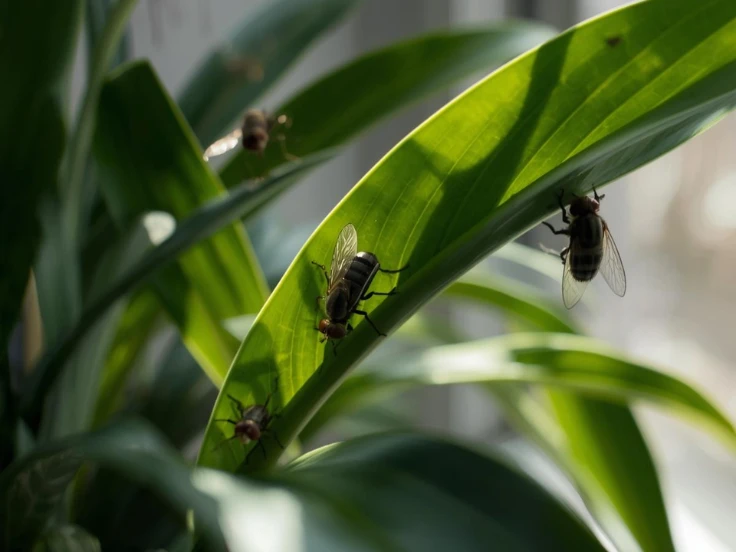
Flies on indoor plants can harm health both directly and indirectly. For instance, fungus gnat larvae damage roots, while sap-feeding flies like whiteflies reduce photosynthesis and leave honeydew. Consequently, over time, infestations weaken plants, making them more prone to disease and stress.
Maintaining vigilant plant care routines ensures that minor infestations do not escalate into significant health problems. In essence, tending to plants with attention to detail mirrors the careful planning needed to enjoy experiences like visiting iconic Hamburg places to visit, where every step contributes to success.
Choosing Fly-Resistant Indoor Plants
Some indoor plants naturally resist pests due to their texture, scent, or resilience. These plants are ideal for homes prone to fly problems:
-
Snake Plant (Sansevieria): Thick, waxy leaves deter most pests.
-
Spider Plant (Chlorophytum): Minimal maintenance and low moisture preference.
-
Peace Lily (Spathiphyllum): Naturally repels some flying insects.
-
Succulents and Cacti: Dry soil discourages fungus gnats.
Selecting fly-resistant plants reduces the risk of infestations while keeping indoor gardens attractive and manageable.
Integrating Natural Predators for Fly Control
Biological control is an effective, eco-friendly way to manage fly populations. Introducing natural predators can significantly reduce infestations:
-
Beneficial nematodes: Target larvae in soil without harming plants.
-
Predatory mites: Feed on fly eggs and larvae.
-
Encarsia formosa: Tiny wasps that parasitize whiteflies.
Combining natural predators with proper watering, soil maintenance, and occasional traps creates a balanced ecosystem where plants thrive, and flies are controlled organically.
Maintaining a Healthy Indoor Plant Environment
Prevention is continuous, not a one-time effort. Maintaining healthy indoor plants involves regular monitoring, clean soil, and proper watering schedules. Strategies include:
-
Checking plants weekly for early signs of pests
-
Ensuring sufficient light and airflow
-
Avoiding overfertilization, which attracts insects
-
Rotating plants to prevent localized infestations
Consistency in plant care ensures minimal stress on the plants and discourages flies from establishing a permanent presence.
Frequently Asked Questions (FAQs)
Q: Can flies harm all indoor plants?
A: While not all flies cause damage, species like fungus gnats and whiteflies can affect most houseplants if infestations are left untreated.
Q: Is overwatering the main cause of flies on plants?
A: Yes, consistently damp soil creates an ideal breeding ground for flies and their larvae.
Q: Can natural oils repel flies effectively?
A: Certain essential oils, like peppermint or neem oil, can deter flies when applied carefully to soil or leaves.
Q: Are sticky traps safe for indoor use?
A: Yes, yellow sticky traps are non-toxic and effective for capturing adult flies without harming plants or humans.
Conclusion
Flies on indoor house plants are a common challenge, but proper care can prevent infestations.Maintaining clean soil and controlling moisture keeps plants healthy and thriving.Learn more about protecting and caring for your indoor trees in our Ficus plant care guide.
Integrating fly-resistant plants and natural predators further enhances indoor gardening success. Ultimately, the attention and patience applied in caring for plants are reminiscent of the thoughtful exploration one experiences at Hamburg places to visit, where small details make all the difference.
By following these strategies, homeowners can enjoy lush, pest-free indoor gardens while minimizing environmental impact and maintaining plant health. For more tips on keeping insects away naturally, check out indoor plants that repel bugs to enhance your home garden.

